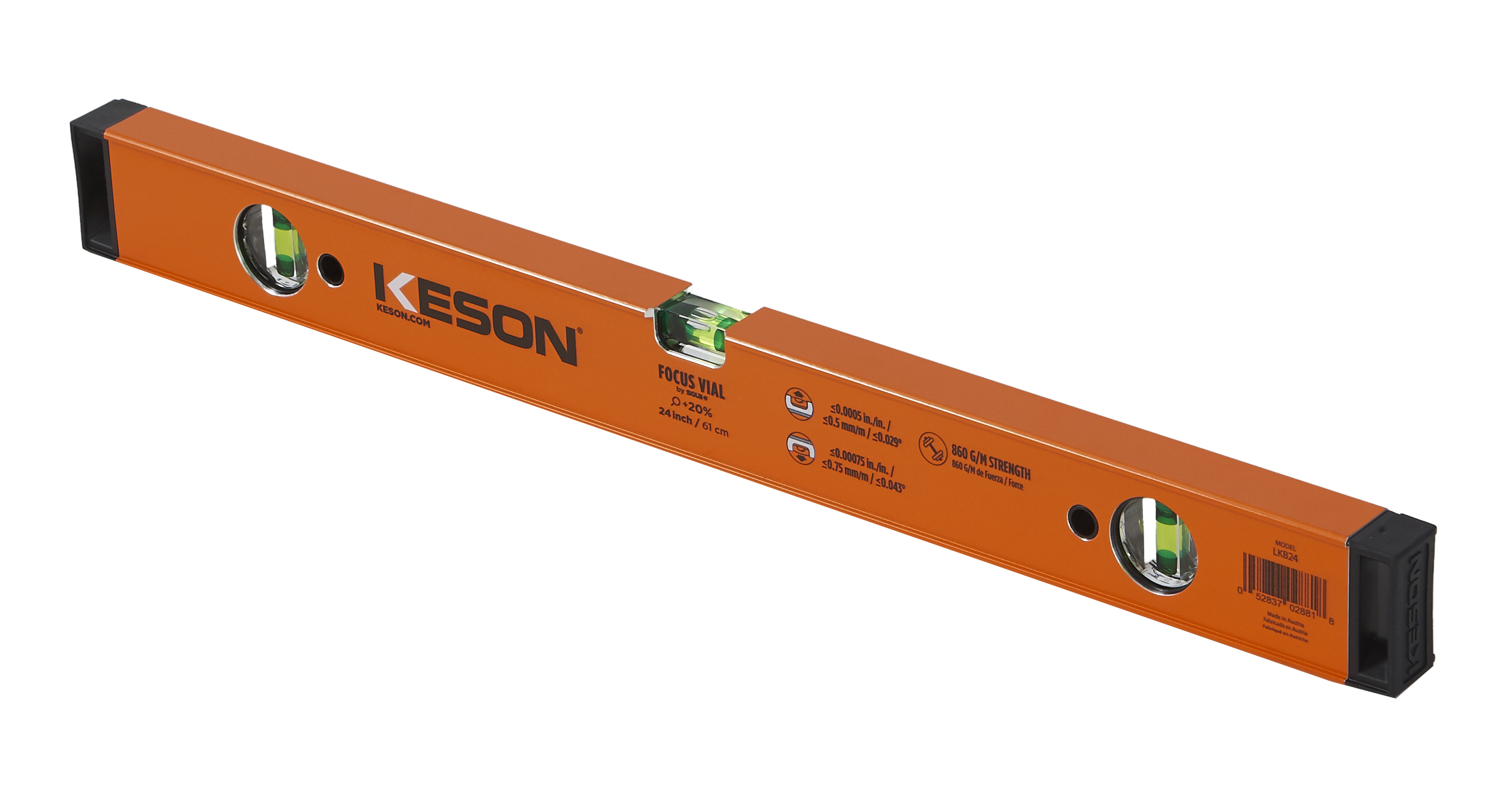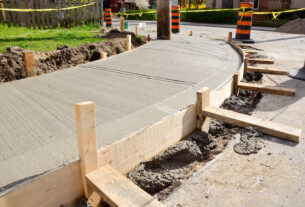Are you looking for the best concrete leveling tools for your project? Whether you’re a professional contractor or a DIY enthusiast, finding the right tools is crucial to achieve a smooth and level surface. In this article, we’ll walk you through everything you need to know about concrete leveling tools. From choosing the right type of tool to some helpful tips, we’ve got you covered.
[h2]What are Concrete Leveling Tools?[/h2]
Concrete leveling tools are equipment designed to repair uneven surfaces on concrete slabs or floors. They come in different types and sizes, depending on the extent of the damage and the size of the area that needs leveling.
[h2]Types of Concrete Leveling Tools[/h2]
There are several types of concrete leveling tools available in the market, each with its unique features and benefits. Here are some of the most common ones:
1. Screed Boards
Screed boards are flat metal or wooden boards used to level out wet concrete after pouring. They come in different lengths and widths, allowing you to cover larger areas quickly.
2. Bull Floats
Bull floats are large rectangular tools made of wood or magnesium that help smooth out rough spots on freshly poured concrete. They also remove excess water from the surface, leaving it dry and ready for further processing.
3. Trowels
Trowels are hand-held tools with a flat metal or plastic blade used to finish off concrete surfaces. They come in different shapes and sizes, including round-ended trowels for corners and edges.
4. Power Trowels
Power trowels are motorized versions of manual trowels that use blades to smooth out concrete surfaces quickly. They come in different sizes, ranging from small handheld units to large ride-on machines used on commercial projects.
5. Laser Levels
Laser levels are precise leveling tools that use laser beams to create a level line or plane on the surface. They are ideal for large projects where accuracy is crucial, such as industrial floors or airport runways.
[h2]Factors to Consider When Choosing Concrete Leveling Tools[/h2]
Choosing the right concrete leveling tool can be overwhelming, especially if you’re not familiar with the different types and features. Here are some factors to consider when selecting the best tool for your project:
1. Type of Surface
The type of surface you’re working on will determine the type of concrete leveling tool you need. For example, screed boards are ideal for large floor areas, while trowels work best for small corners and edges.
2. Size of Area
The size of the area that needs leveling will also dictate the type of tool you need. If you have a large commercial project, a power trowel or laser level may be more efficient than manual tools.
3. Budget
Concrete leveling tools come in different price ranges, so it’s essential to consider your budget before making a purchase. While high-end tools may offer more features and benefits, they may not always be necessary for smaller projects.
4. Quality
Choosing high-quality concrete leveling tools is crucial to ensure durability and longevity. Look for brands with a good reputation and positive customer reviews.
[h2]Tips for Using Concrete Leveling Tools[/h2]
Using concrete leveling tools requires some practice and skills to achieve the desired results. Here are some tips to help you get started:
1. Prepare the Surface
Make sure the surface is clean, dry, and free of debris before using any concrete leveling tool. Remove any loose particles or dust to avoid creating uneven spots.
2. Use Proper Technique
Each concrete leveling tool has a specific technique that should be followed for optimal results. Follow the manufacturer’s instructions carefully and practice on a small area before tackling larger projects.
3. Work in Sections
Divide the surface into manageable sections and work on one area at a time. This will prevent the concrete from drying out too quickly and allow you to achieve a more consistent finish.
4. Check for Levelness
Use a level or laser level to check for levelness periodically throughout the process. This will help you catch any uneven spots before they become permanent.
[h2]Conclusion[/h2]
Choosing the right concrete leveling tool is essential to achieving a smooth and level surface. Consider factors such as the type of surface, size of the area, budget, and quality when selecting the best tool for your project. Remember to use proper technique, work in sections, and check for levelness regularly to ensure optimal results.
For more information on concrete leveling tools, please visit [https://en.wikipedia.org/wiki/Concrete_leveling].




